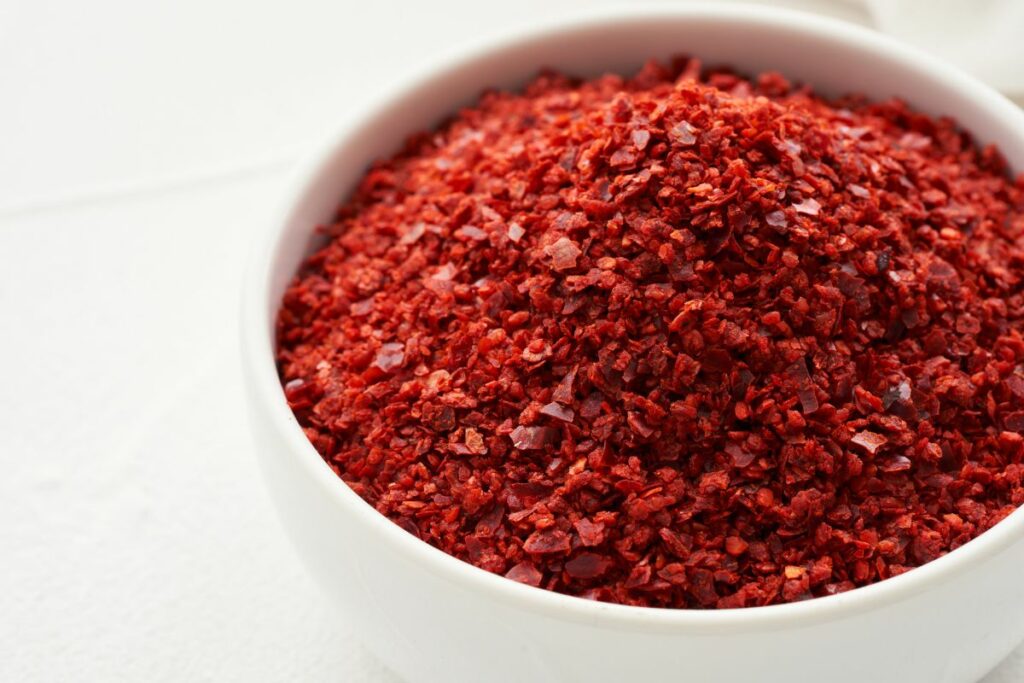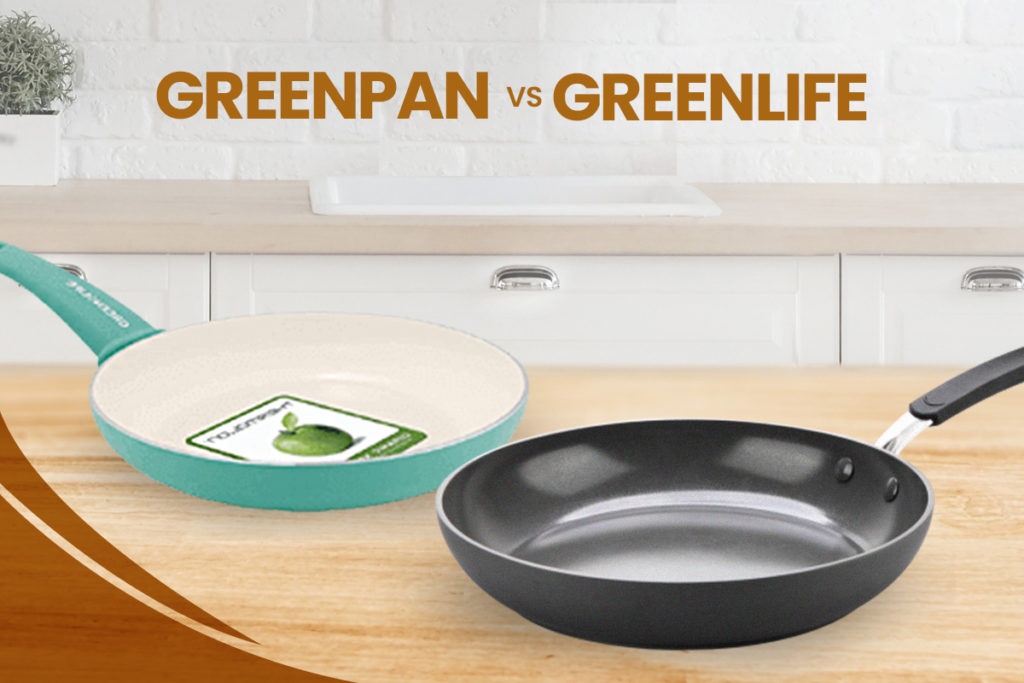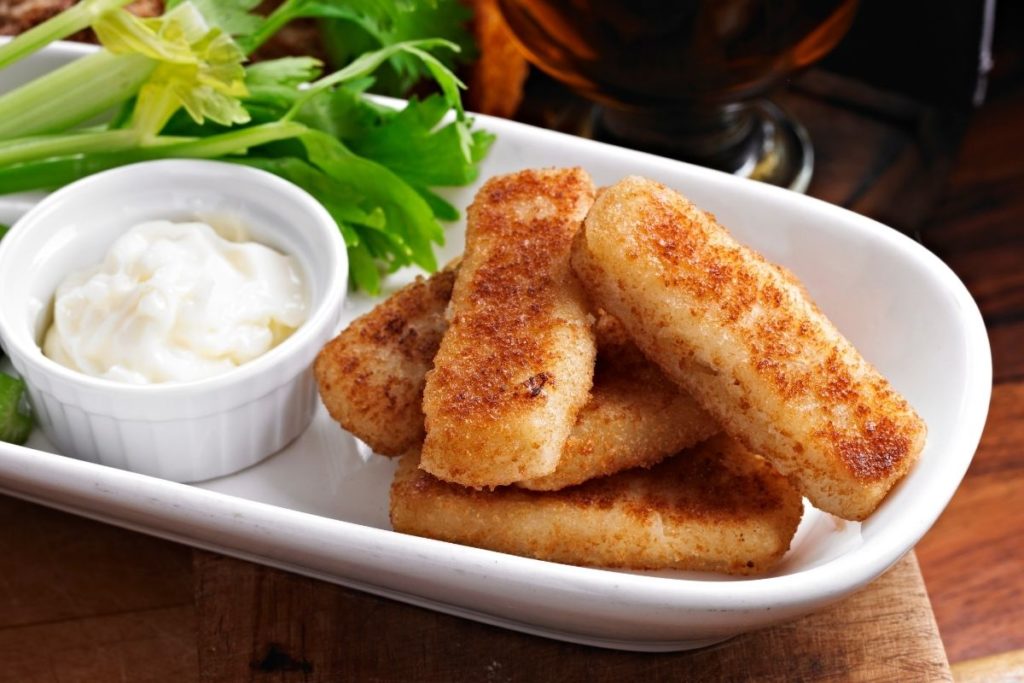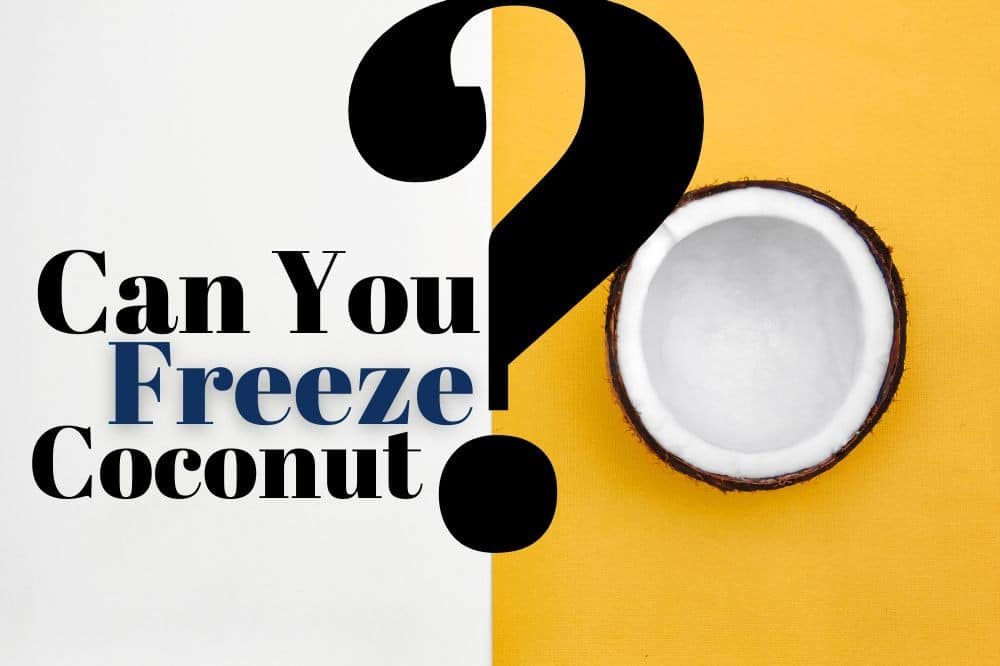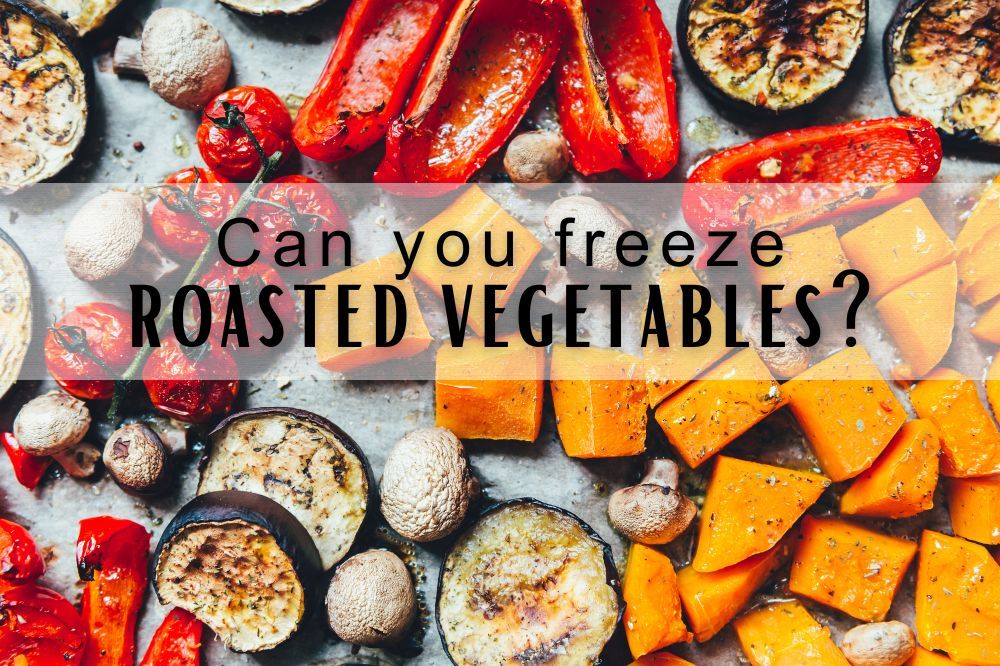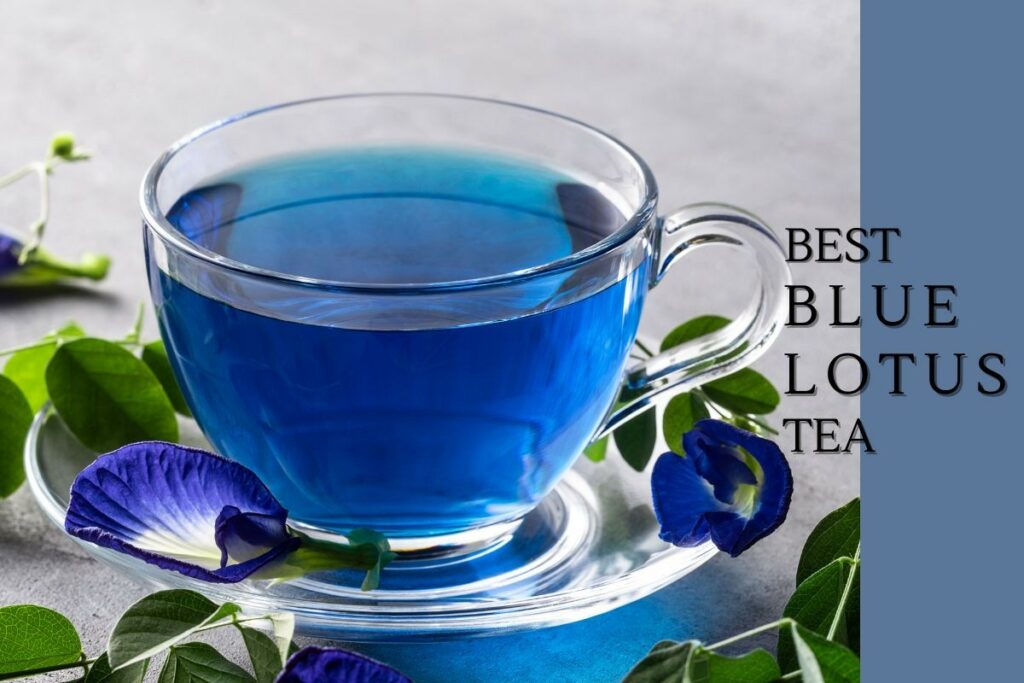6 Best Gochugaru Flavors Ranked
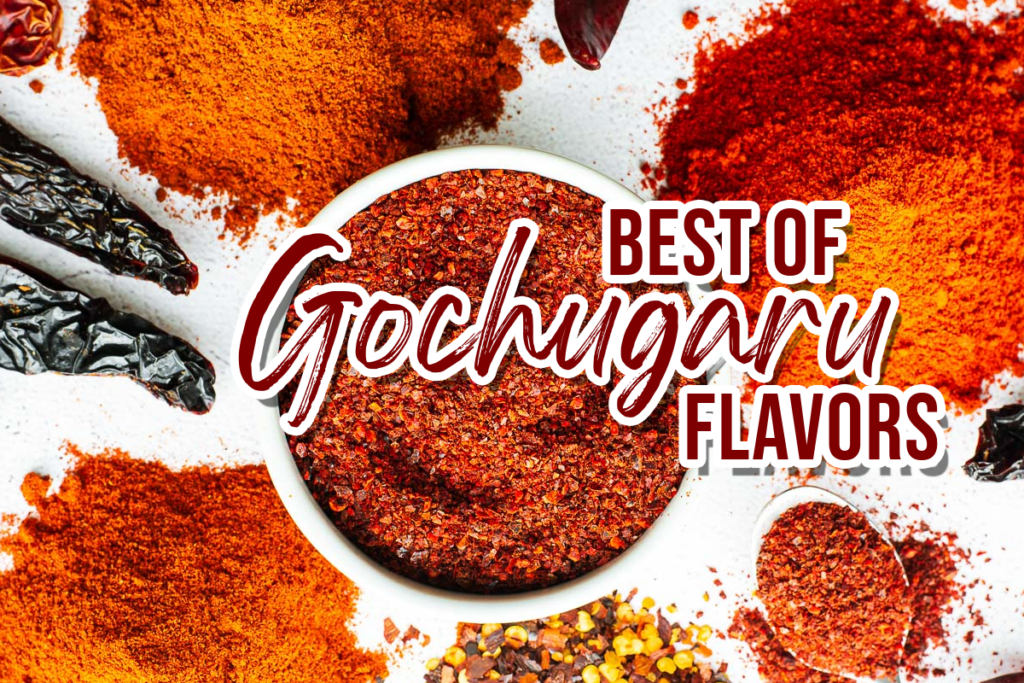
Are you trying to decide what Gochugaru to try next? We share a list of the most popular Gochugaru flavors in this article.
With the rise of the popularity of Korean cuisine across the globe, more and more people are using classic ingredients usually found in the culture’s dishes.
Gochugaru is one of these components. Want to know more about the best gochugaru flavors? Keep reading.
Best Gochugaru Flavors Ranked
1. Gochugaru Powder
The first thing you should know about gochugaru is it is an ingredient that refers to dried Korean chili peppers. This is typically used in making gochujang or Korean chili paste, Korean chili oil, kimchi, tteokbokki or spicy Korean rice cakes, and kimchi stew.
Now that is out of the way, you should know that gochugaru comes in two major types: gochugaru powder and flakes.
This can be confusing as the word gochugaru is derived from the words for Korean chili pepper (gochu) and powder (garu).
Gochugaru powder is distinguishable through its fine texture, making it more suitable for recipes that require a more refined grain like kimchi and gochujang. This can give a brighter color to your dish.
2. Gochugaru Flakes
On the other hand, gochugaru flakes are made from the same thing but ground to a rougher texture. The resulting product has a deeper red color with bigger and coarser consistency.
This is great if you want visible grains in your main or side dish. This is considered a more versatile type because it works well in dishes with soups and sauces.
Just like its powder counterpart, gochugaru flakes offer a mild sweetness combined with a smokey aroma and flavor.
3. Sun-Dried Gochugaru
Because gochugaru is literally dried Korean pepper powder or flakes, another way to categorize this spice is through the drying process it went through. You can find sun-dried gochugaru and industrially-dried gochugaru.
The traditional method for making gochugaru is sun drying and then washing and de-seeded peppers, which typically lasts around three to four weeks. The length of drying can vary based on the weather and temperature.
According to some, sun-dried gochugaru flavors are more appealing because it is packed with their notable sweet, spicy, and smokey taste.
This method is preferred by individuals in rural areas. City-dwellers can purchase this type by looking for products labeled as sun-dried or purchasing from brands specializing in it like Tae Kyung.
4. Industrially Dried Gochugaru
Meanwhile, gochugaru can also be dried using industrial dehydrators. This method is preferred by mass manufacturers because it is quicker and more efficient.
In fact, the maximum length of industrial drying is only 12 hours.
Some believe that this type is less flavorful than sun-dried ones, but due to its higher cost and less accessibility, many people opt for industry-made products.
This kind is more available in many places because they are mass-produced. Plus, they cost less.
Nevertheless, these gochugaru types still contain that mildly sweet and smokey quality, whether it comes in flakes or powder form.
5. Moderate Spicy Gochugaru
Aside from the coarseness and drying method, you can also find different levels of spiciness. The most common ones out there are Moderate Spicy and Spicy flavors.
Individuals who are not used to eating spicy food should opt for the former. It offers just the right amount of heat while still providing the classic sweetish and smoked taste of gochugaru.
What you should remember is that talking about spiciness levels can be complicated.
You see, Korean chili peppers reach a minimum of 1,500 Scoville heat units (SHU) and a maximum of 10,000 Scoville heat units, which depends on the level of maturity of the peppers upon harvest.
To get less spicy products, you should look for gochugaru made from younger peppers. Remember, the younger the fruit is, the closer it gets to the minimum which is 1,500 SHU.
6. Spicy Gochugaru
If you are a more adventurous eater and you like your food spicy, you should go for Spicy gochugaru. This means that your best bet is products made from more mature peppers which come closer to 10,000 SHU.
What you need to know is that Korean peppers are ranked Mild to Medium on the Scoville scale. This means that it is not as spicy as other peppers. Medium SHU only covers 2,500 to 30,000 units, which does not even reach the median of this range.
Want a spicier Korean cuisine experience? You might want to add more gochugaru, no matter the type. Just make sure to watch how much you use because too much can make the spice level intolerable to some while too little can be insignificant.
The Bottom Line
Adding gochugaru to your Korean dish gives it a more authentic taste. You can even use this ingredient in other spicy dishes as an experiment. If you want to get the most delectable experience with this pepper, you should check out the best gochugaru flavors and see what works best for you.
Print6 Best Gochugaru Flavors
Check out this list of the best Gochugaru flavors to try!
Ingredients
Instructions
- Pick your favorite flavor
- Click on the link to visit Pinterest
- Buy items from your local store or online
- Enjoy and share on social media!
Nutrition
- Serving Size: 100 g
- Calories: 400
- Sugar: 0 g
- Fat: 8 g
- Saturated Fat: 0 g
- Carbohydrates: 80 g
- Protein: 12 g
you may also like
well hello there!

Hi, I'm Linda thanks for stopping by! We're so happy you're here. If you're a foodie and love to cook from home - you're in the right place..
LEARN MORE
free newsletter
Join the mailing list and receive our free newsletter!
recent posts
let's be social
search site
Recipe Marker
Recipe Marker provides you with the best information about home cooking tips, recipes, ingredient substitutes and more. Check out our blog to see the latest articles.
Copyright © 2024 Recipemarker.com | All Rights Reserved | Privacy | Disclaimer | Contact

